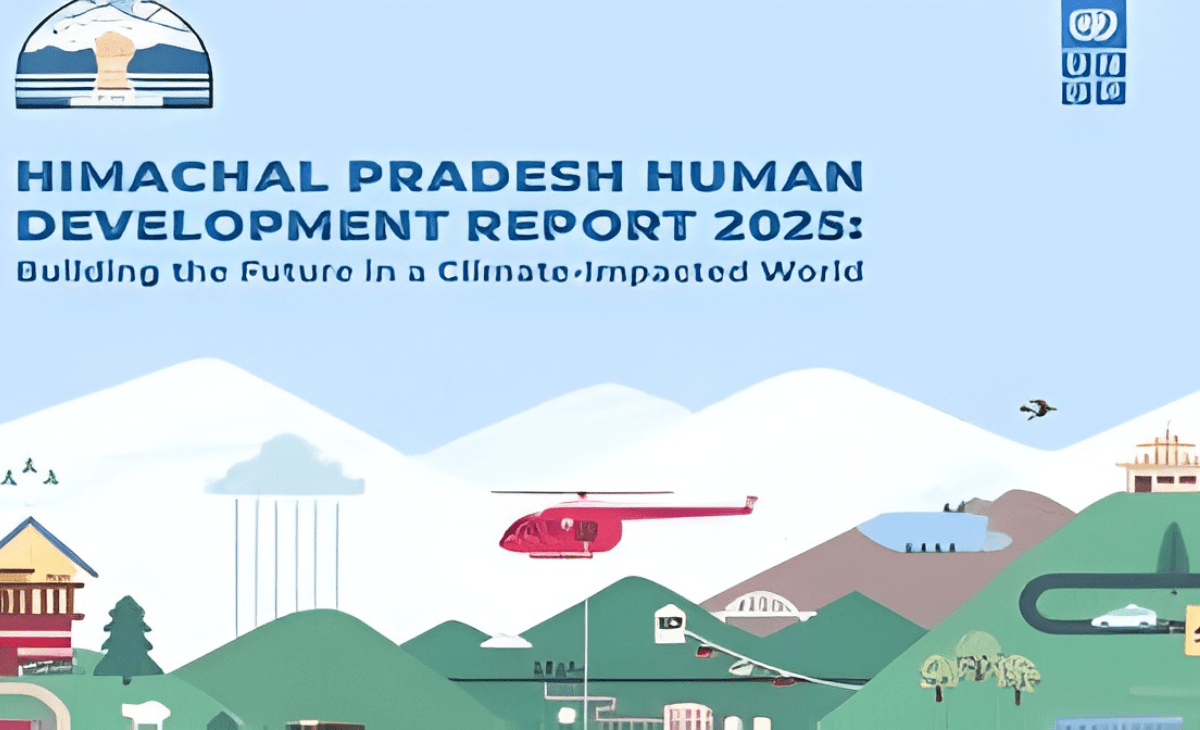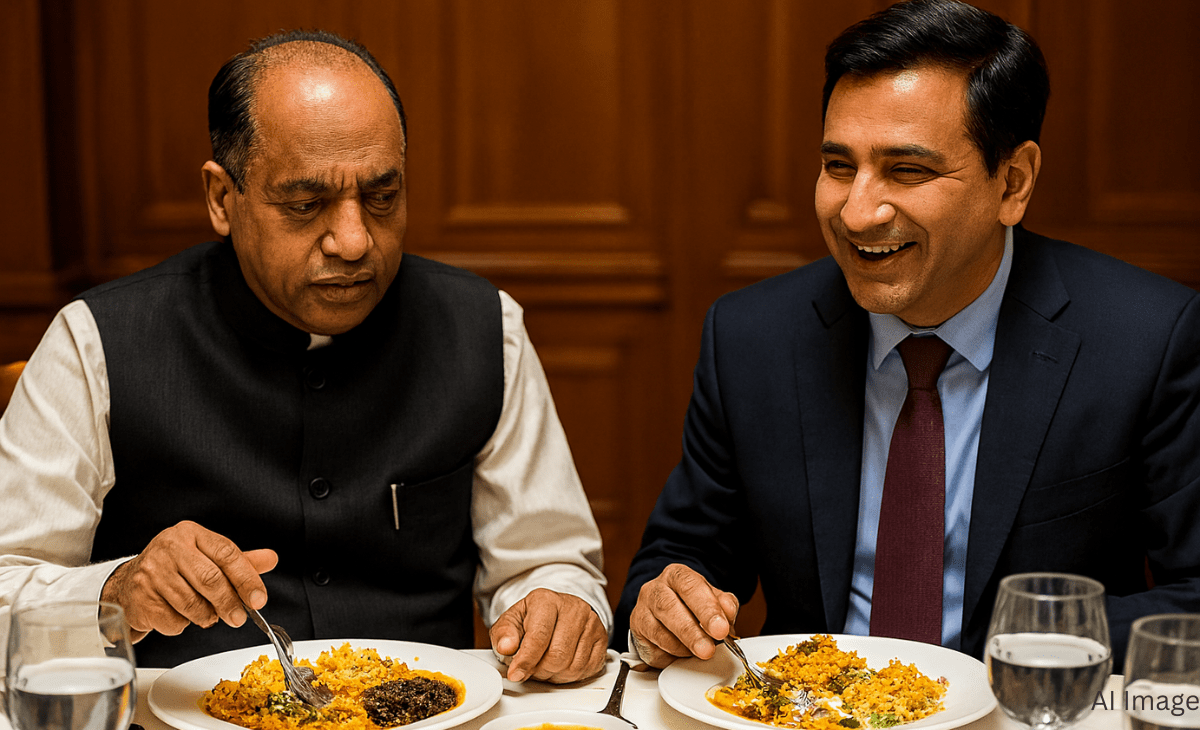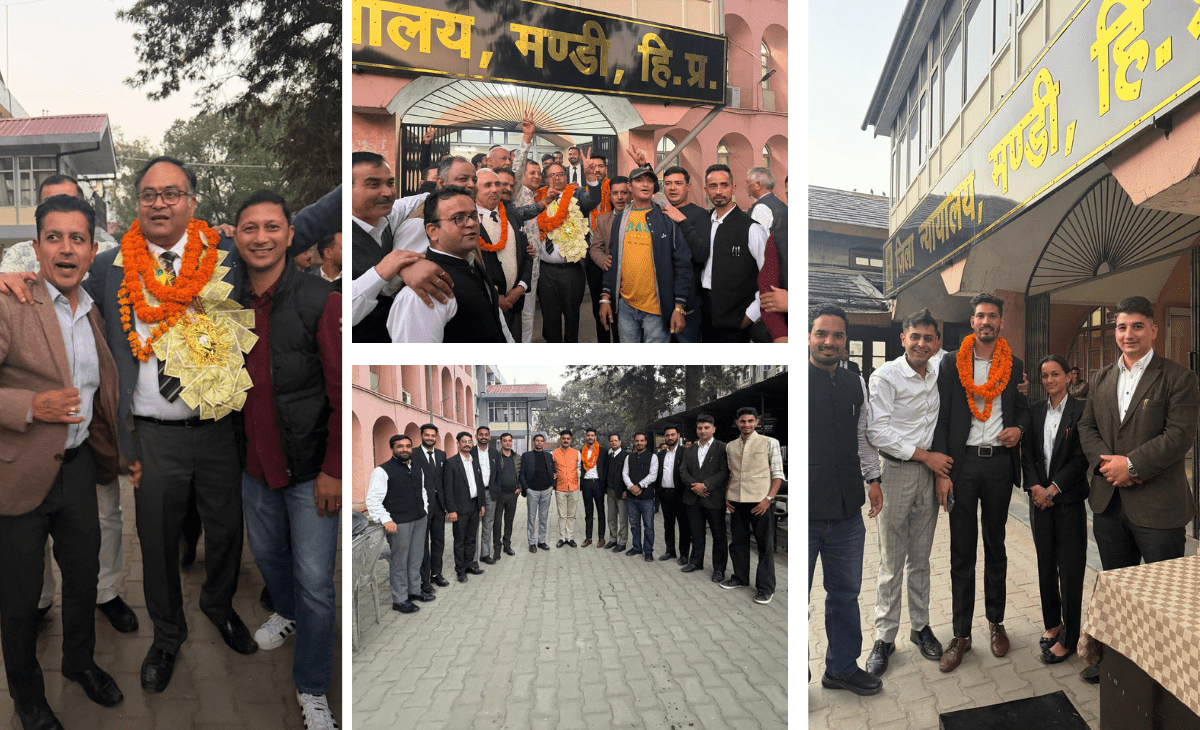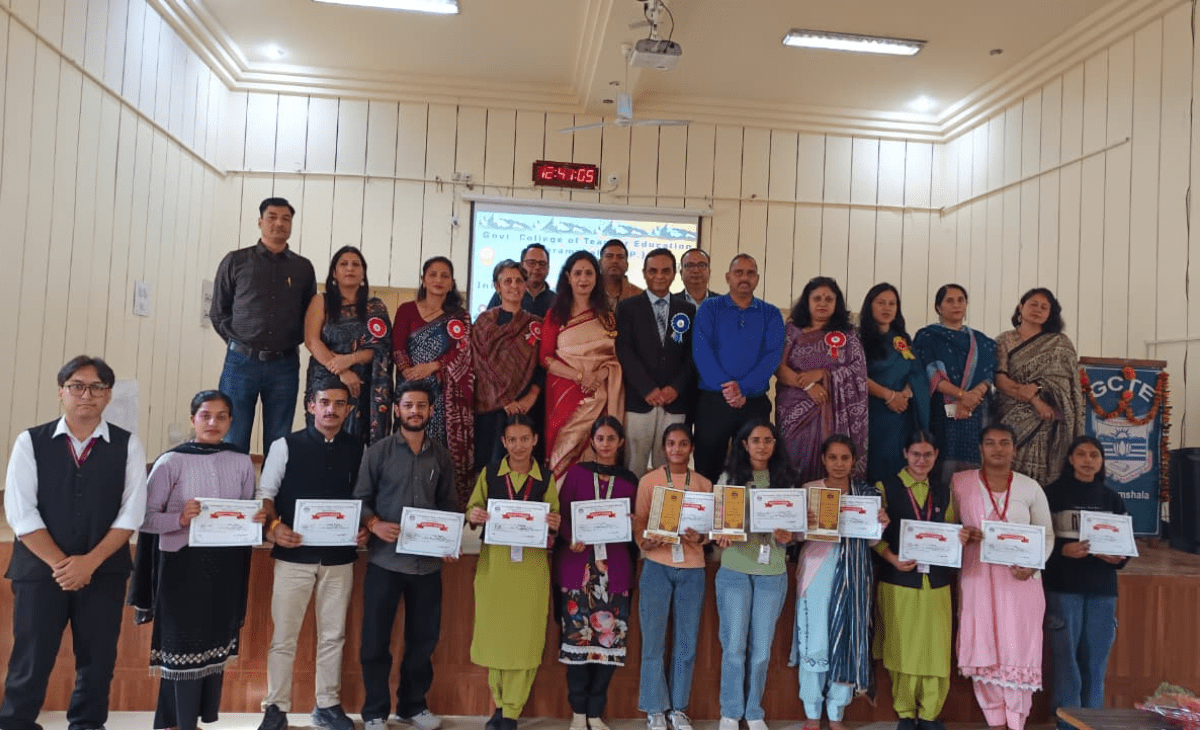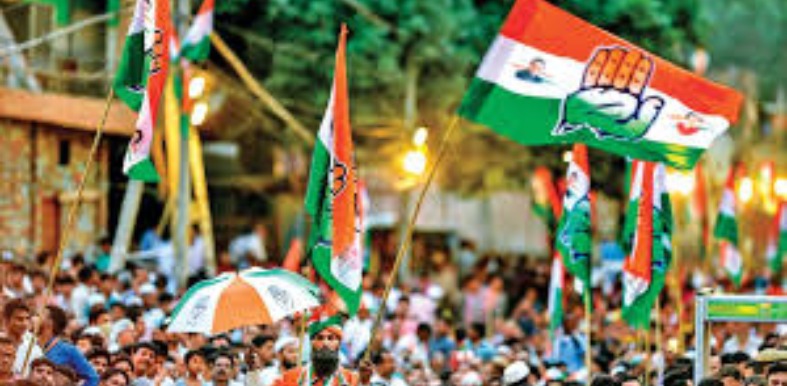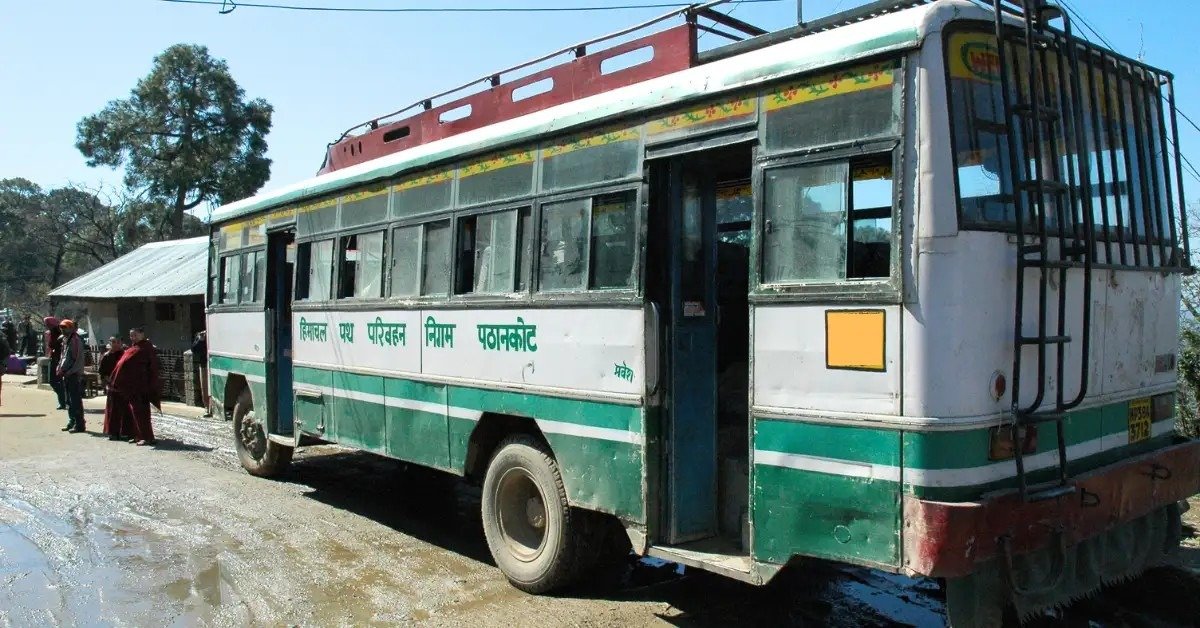Sunil Chadha
Shimla: Himachal Pradesh’s debt burden has surpassed ₹1,04,729 crore, raising serious concerns over the state’s financial health.
Chief Minister Sukhvinder Singh Sukhu, while presenting the 2025-26 budget in the Assembly on Monday (March 17, 2025), acknowledged the crisis but assured that his government was taking strategic steps to free the state from this vicious cycle of debt.
He blamed previous governments for failing to mobilise resources, leading to an increasing dependence on borrowing. Sukhu outlined a roadmap focused on revenue generation, fiscal discipline and structural reforms to steer the state towards financial self-reliance.
70% of borrowings spent on loan repayments
CM Sukhu clarified that of the ₹29,046 crore borrowed during his tenure, 70% was used to repay old debts and interest payments left behind by previous governments.
Only ₹8,093 crore was available for developmental projects, highlighting how past fiscal mismanagement continues to impact the state.
He stressed that Himachal’s borrowing capacity is strictly regulated under the Fiscal Responsibility and Budget Management (FRBM) Act, which caps borrowing at 3% of the Gross State Domestic Product (GSDP).
For 2024-25, the state’s general borrowing limit is set at ₹6,551 crore, subject to central government approval. Sukhu warned that any excess borrowing beyond this limit would result in deductions from future allocations by the Centre.
Revenue mobilisation shows positive growth
Despite the debt crisis, CM Sukhu highlighted positive signs in revenue generation due to policy changes made by his government.
In the 2023-24 financial year, Himachal’s GDP growth rate increased from 6.89% to 7.03%, and the share of the state’s own revenue in total income grew from 35.37% to 37.92%.
The revenue collection from various sectors also saw significant improvement:
• VAT on sales and trade increased by 27.98%.
• State excise duty rose by 21.48%.
• Electricity revenue saw a 16.74% hike.
• Mining industry revenue grew by 15.85%.
• Vehicle taxes increased by 15.78%.
• Stamp duty & registration fees climbed by 10.44%.
Additionally, the government’s initiative to rationalise power subsidies has encouraged prosperous individuals to voluntarily give up benefits, reducing the financial burden on the state.
CM Sukhu stated that this move, along with excise policy reforms, led to an increase of ₹867 crore in state excise duty and VAT, with an additional ₹300 crore expected in 2024-25.
New cess & tax reforms to strengthen fiscal health
To further boost revenue, the government has introduced new cess levies. In 2023-24, a ₹145 crore revenue was generated through cess on liquor, while an additional ₹126 crore is expected from various other cess collections in 2025-26.
CM Sukhu urged both ruling and opposition members to contribute ideas for resource mobilisation, emphasising that financial stability requires collective effort.
He also addressed concerns over the state’s dependency on central government approvals for loans, stating that no state can exceed its prescribed borrowing limit without permission from the Centre under Article 293(3) of the Constitution.
He reaffirmed his government’s commitment to maintaining fiscal discipline while ensuring adequate funds for developmental projects.
Economic growth outlook: Himachal vs national trends
Despite financial challenges, CM Sukhu projected a positive growth outlook for Himachal Pradesh in the coming year.
While India’s overall economy is expected to grow at 6.4% in 2024-25, Himachal’s GSDP is projected to expand at 6.7%, signalling a resilient economic foundation.
The per capita income of the state is set to rise by 9.6% to ₹2,57,212, which is ₹57,050 higher than the national average. This growth, he argued, is a testament to his government’s efforts to improve the economic landscape through strategic planning and reforms.
CM Sukhu assured the people of Himachal Pradesh that his government was committed to breaking free from the debt cycle, increasing revenue streams and ensuring that future borrowings are directed towards infrastructure and social welfare rather than repaying past liabilities.
However, he also called for political consensus on fiscal discipline, urging all stakeholders to support policies that would help Himachal achieve financial stability in the long run.




